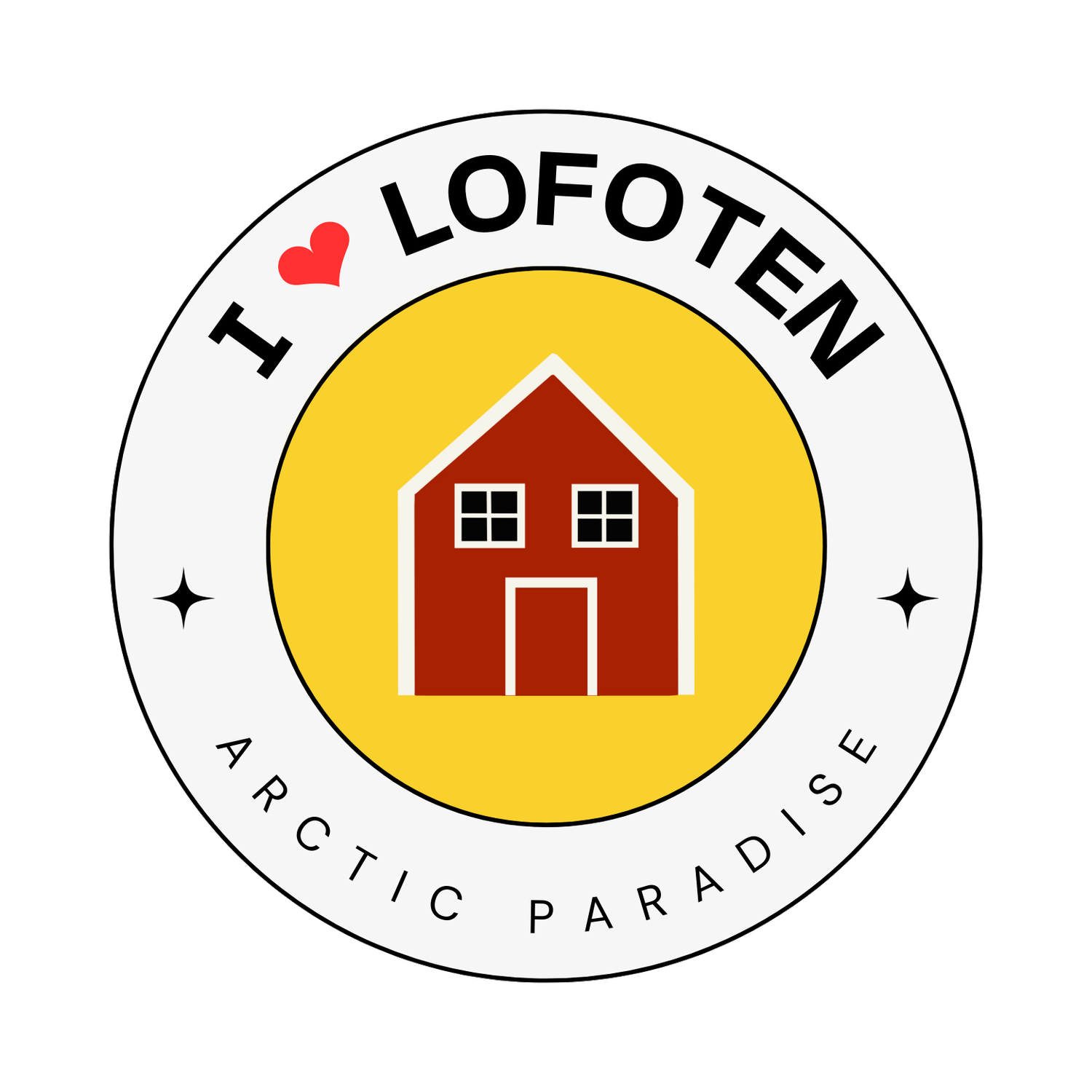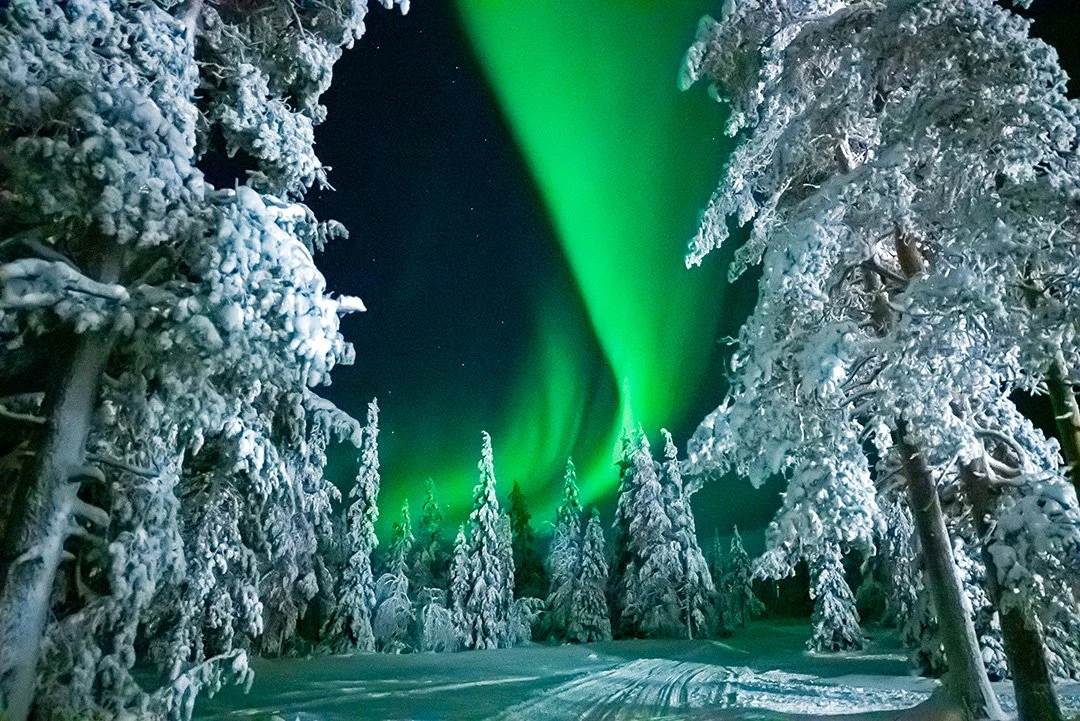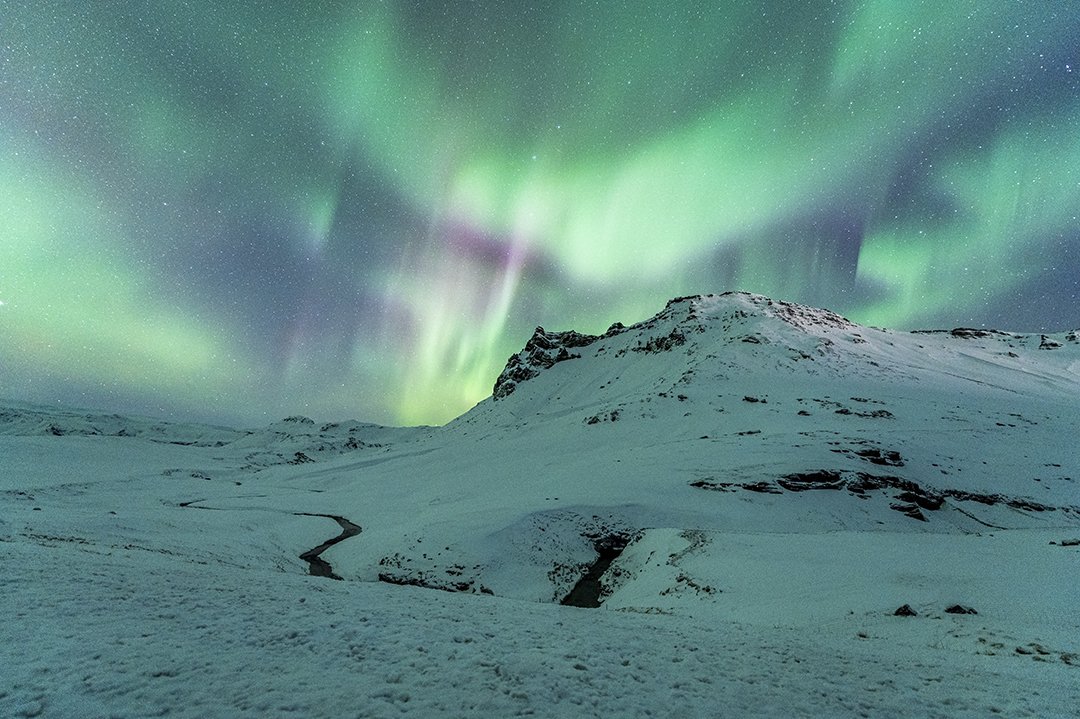Chasing the Northern Lights Lofoten is the best place
The ethereal dance of the Northern Lights, or Aurora Borealis, has captivated humanity for centuries. This natural wonder, caused by the interaction of solar particles with Earth's magnetic field, is a breathtaking spectacle that draws countless adventurers to the far reaches of the Arctic Circle. Three popular destinations for witnessing this celestial phenomenon are Lofoten, Lapland, and Iceland. In this article, we'll delve into the differences between these locations and make a compelling case for why Lofoten might be the best place to chase the Northern Lights.
Lofoten: A Northern Lights Paradise
Location and Accessibility
Lofoten, an archipelago in Norway, is renowned for its dramatic landscapes and incredible Northern Lights displays. One of the advantages of Lofoten is its relative accessibility compared to other Arctic destinations. You can fly into Evenes Airport, and from there, it's just a few hours' drive to the heart of Lofoten. This makes it a convenient choice for travellers seeking a remote experience without the hassle of lengthy journeys.
Unique Scenic Beauty
Lofoten's distinct advantage lies in its stunning natural beauty. Towering granite peaks, deep fjords, and picturesque fishing villages create an otherworldly backdrop for the Northern Lights. When they appear, the lights seem to weave their magic through the sky, reflecting off the waters of the Norwegian Sea, creating a surreal experience that's hard to match elsewhere.
Lack of Light Pollution
One key factor that makes Lofoten exceptional for Northern Lights viewing is its minimal light pollution. The archipelago's remote location means there are fewer artificial lights to compete with the celestial show. This results in brighter, more vibrant displays that leave a lasting impression on all who witness them.
Aurora Season
The Northern Lights season in Lofoten typically runs from late August to late April, providing ample opportunities to witness this natural wonder. During this period, the long nights of winter offer extended windows of darkness, increasing your chances of catching the lights in all their glory.
Lapland: A Rival in the North
Location and Accessibility
Lapland, spanning Finland, Sweden, and Norway, is another renowned destination for Northern Lights enthusiasts. Accessibility varies depending on which part of Lapland you choose, but you can generally fly into cities like Rovaniemi, Tromsø, or Kiruna. From there, you'll often need to venture further into the wilderness to escape light pollution.
Arctic Wilderness
Lapland is a vast, wild region with pristine landscapes. The stark beauty of snow-covered forests and frozen lakes is a sight to behold. The Northern Lights here dance over landscapes untouched by urban development, providing a truly immersive experience in nature.
Variability in Lights
While Lapland offers excellent chances to witness the Northern Lights, it's important to note that their intensity and frequency can vary. Some nights might leave you awestruck, while others might be more subdued. The unpredictability of the lights is part of the charm but can be frustrating for those seeking guaranteed displays.
Aurora Season
The Northern Lights season in Lapland is similar to that of Lofoten, from late September to early April. Be prepared for sub-zero temperatures and long, dark nights, as the lights often appear during the coldest hours.
Iceland: Land of Fire and Ice
Location and Accessibility
Iceland is another Northern Lights hotspot with its unique blend of volcanoes, glaciers, and geothermal wonders. Keflavik International Airport serves as the primary gateway, and from there, you can explore the island's diverse landscapes.
Diverse Scenery
Iceland's landscapes starkly contrast to the gentle, coastal beauty of Lofoten. Volcanic craters, glaciers, and hot springs create a surreal Northern Lights setting. Witnessing the lights against the backdrop of an erupting geyser or a frozen waterfall is an experience you won't forget.
Unpredictable Weather
One significant challenge in Iceland is the unpredictable weather. Frequent cloud cover and storms can obstruct your view of the lights, making it less reliable for Aurora chasing than Lofoten.
Aurora Season
Iceland shares a similar Northern Lights season with Lofoten and Lapland, running from late September to early April. However, the weather challenges can affect your chances of witnessing the lights.
Lofoten Reigns Supreme
While each Arctic destination uniquely appeals to Northern Lights enthusiasts, Lofoten stands out as the best choice for several reasons. Its accessibility, minimal light pollution, stunning natural beauty, and reliable Northern Lights displays during the season make it a top contender.
The dramatic landscapes of Lapland and Iceland are undeniably breathtaking, offering an unforgettable backdrop for the lights. Still, the variability in lights and unpredictable weather can be a drawback for those seeking a guaranteed experience.
Ultimately, the Northern Lights are a natural phenomenon, and there are no guarantees. However, if you're looking for the best combination of accessibility, consistent displays, and unspoiled beauty, Lofoten in Norway should be at the top of your Northern Lights bucket list. The awe-inspiring beauty of the Arctic skies in Lofoten will leave you with memories to last a lifetime, making it the ultimate choice for Aurora enthusiasts.




